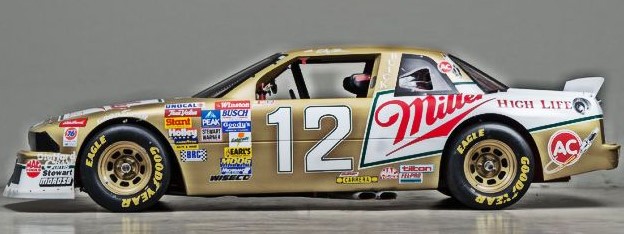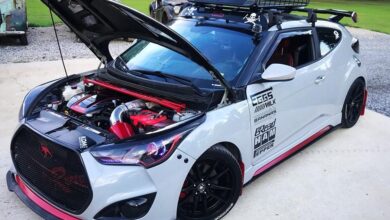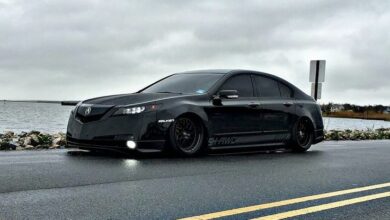
Buick, often synonymous with luxury and comfort, has a storied undercurrent in the world of motorsports. From the muscle car era of the 1960s and 1970s to modern drag strips and oval tracks, Buick racing parts have fueled adrenaline junkies and professional racers alike. The brand’s engineering prowess, particularly in engine design, has made it a favorite among performance modifiers. This article explores the history, key components, and appeal of Buick racing parts, highlighting why they remain a staple in the high-octane automotive scene.
Buick’s racing legacy traces back to the early 20th century, but it exploded during the American muscle car boom. The 1964 introduction of the Nailhead V8 engine marked a turning point, offering robust power for stock cars. By the late 1960s, Buick’s Gran Sport (GS) models, like the GS 455, dominated drag racing with their massive 455 cubic-inch V8 engines producing over 350 horsepower—impressive for the era. In NASCAR, Buick’s Stage 1 and Stage 2 engines powered drivers to victories in the 1970s and 1980s, including the iconic 1981 win at the Daytona 500 with the Buick Regal. These triumphs weren’t just about speed; they showcased Buick’s innovative use of turbocharging, as seen in the 1987 Grand National GNX, a street-legal rocket with 276 horsepower from a turbocharged 3.8L V6.
Today, Buick racing parts are a vibrant aftermarket ecosystem, catering to enthusiasts restoring classics or building modern track beasts. Engine components top the list. The legendary 455 big-block remains a cornerstone, with aftermarket suppliers like TA Performance and Butler Performance offering forged pistons, high-flow cylinder heads, and stroker kits that push output beyond 500 horsepower. For those preferring the turbo route, intercoolers, larger Garrett or Precision turbochargers, and upgraded fuel injectors transform the 3.8L V6 into a 600+ hp monster, ideal for drag racing.
Suspension and chassis upgrades are equally crucial for handling the fury of racing. Buick’s front-wheel-drive platforms, like the Riviera or Regal, demand reinforcements to combat torque steer. Parts such as adjustable coilovers from QA1, heavy-duty sway bars, and subframe connectors provide the stability needed for cornering at high speeds. Braking systems see enhancements too: slotted rotors, multi-piston calipers from Wilwood or Baer, and high-performance pads ensure controlled stops under extreme conditions.
Transmission and drivetrain parts round out the arsenal. The TH400 automatic, a Buick staple, gets rebuilt with racing valve bodies, high-stall torque converters, and shift kits from TCI Automotive for lightning-quick shifts. For manual fans, Tremec five-speed swaps offer precision gearing. Exhaust systems, including headers from Hooker and free-flow mufflers, not only boost power but also deliver that signature Buick rumble.
What makes Buick racing parts so appealing? Affordability is key—the brand’s relative obscurity in modern pop culture keeps prices lower than Ford or Chevy equivalents, yet the parts’ durability shines. Buick engines, known for their torque-rich low-end pull, excel in quarter-mile sprints and endurance races. Online forums like TurboBuick.com foster a tight-knit community, sharing blueprints for custom builds.
In an era of electric vehicles, Buick racing parts evoke nostalgia while adapting to new tech—think EFI conversions for cleaner, more tunable power. Whether you’re a weekend warrior at the strip or a collector preserving a GSX, these components embody Buick’s dual soul: refined luxury meets raw performance. As racing evolves, Buick’s legacy endures, proving that even a “grandfather’s car” can scream down the straightaway.





